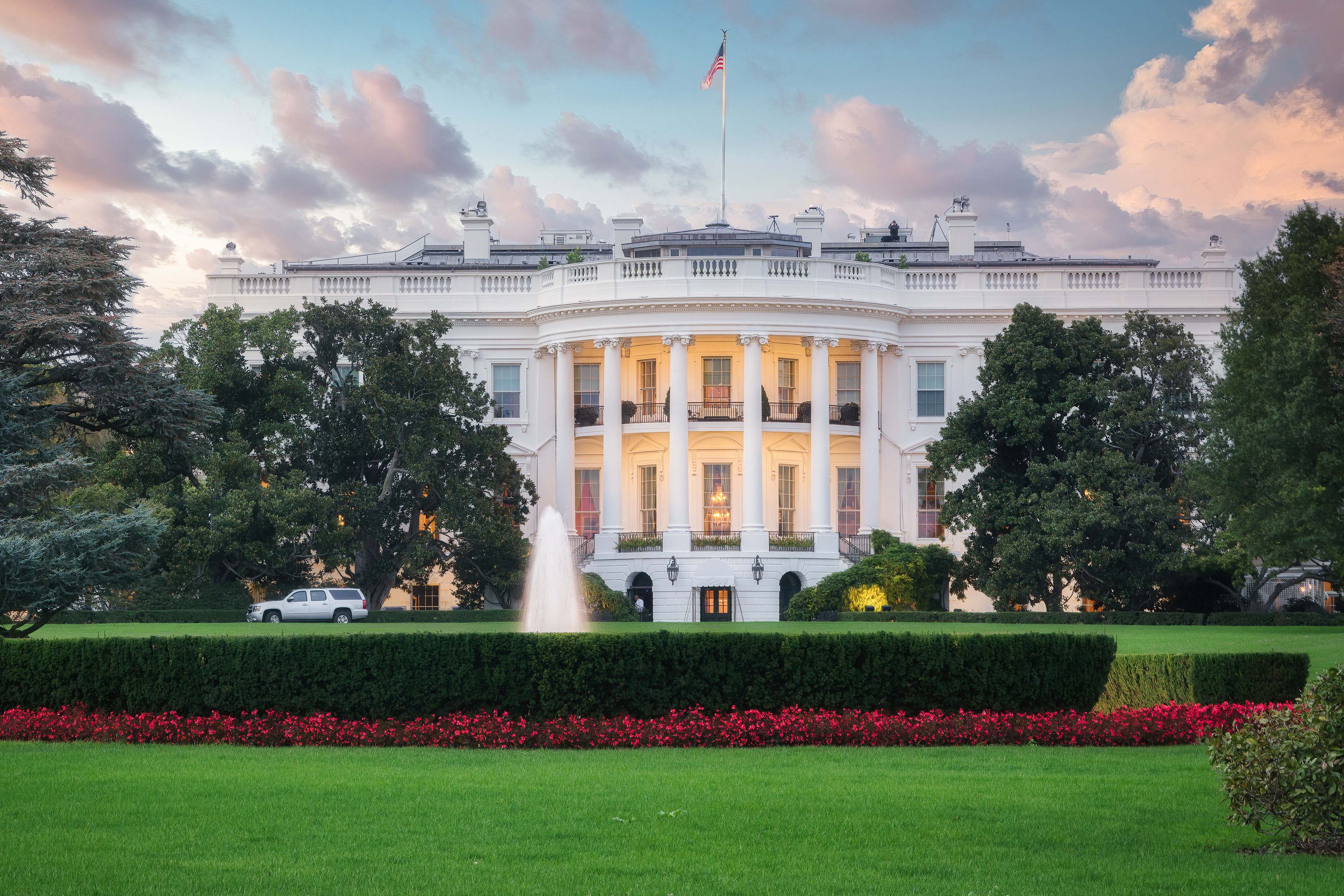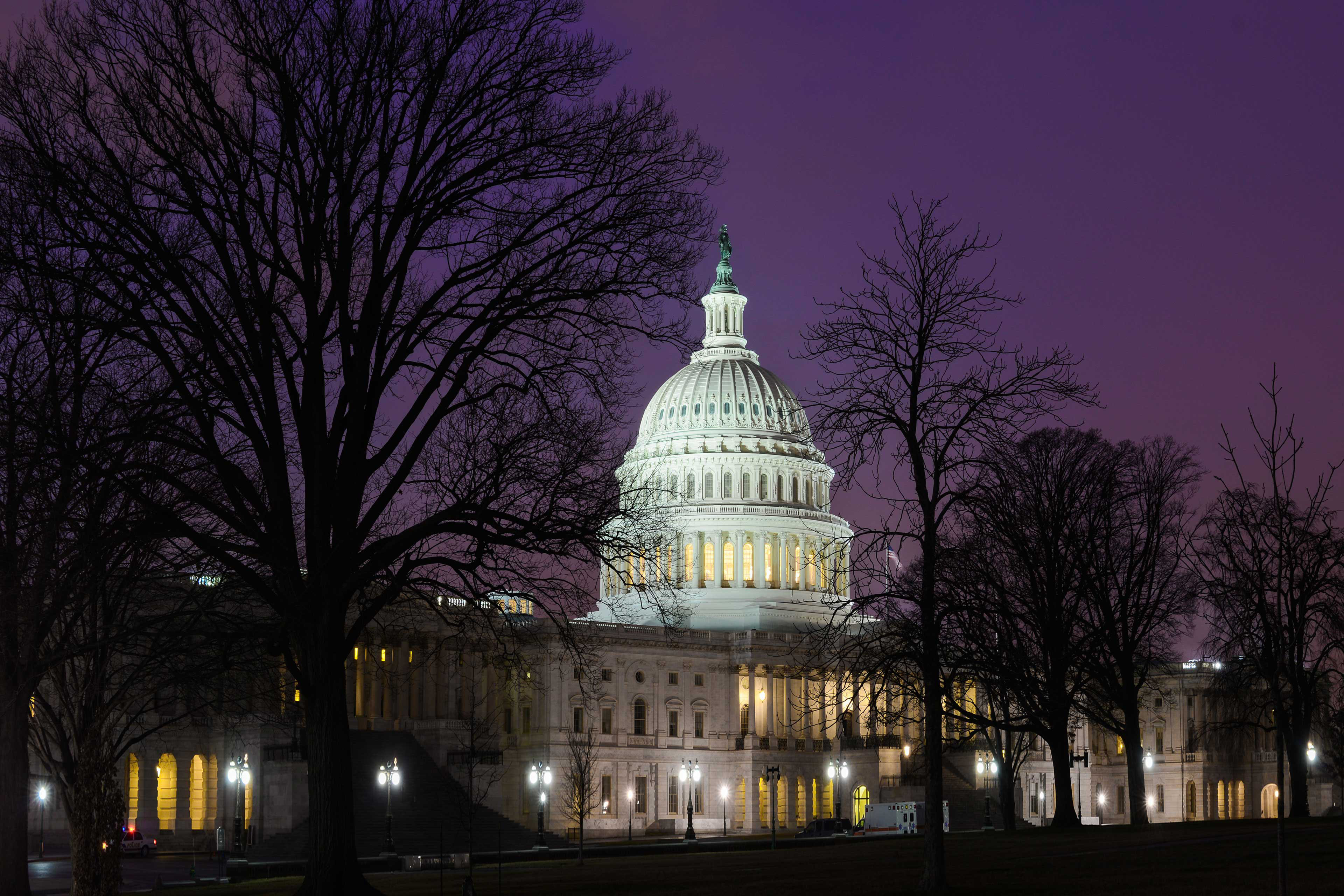Trump and Republican positions
The Republican party platform includes a focus on rebalancing trade by supporting baseline tariffs on foreign-made goods, passing the Trump Reciprocal Trade Act,¹ and addressing certain trading practices with the goal of reducing taxes on American workers, families and businesses as tariffs on foreign producers increase.² Moreover, the platform proposes reversing certain auto-industry-specific regulations, canceling electric vehicle mandates and blocking the importation of Chinese vehicles.³ As part of the Republican party platform, the Buy American Act⁴ would likely be strengthened.⁵
The most significant duty impact from the Republican side has been Trump’s across-the-board tariff on all US imports. If re-elected, Trump has indicated he would implement a 60% tariff on Chinese goods and a 10% tariff on goods from other countries. This has caused many companies to start thinking now about the potential impact of these tariffs if Trump is elected.
Harris and Democratic positions
During her tenure as vice president (20 January 2021 to present), Kamala Harris has not prominently engaged with trade issues, but her past actions as a senator and public statements provide some insight into her stance on trade.
In a 2019 statement, Harris clarified that she does not align with the “protectionist Democrat” ideology and opposes widespread tariffs.⁶ Nonetheless, her voting record and public remarks indicate a cautious approach to free trade agreements. For example, Harris opposed the United States-Mexico-Canada Agreement (USMCA) as a senator due to environmental and labor concerns. She has also expressed opposition to other trade deals, such as the Trans-Pacific Partnership (TPP), citing a lack of robust environmental safeguards as a key concern. However, the Democratic platform states that there is a plan to continue working with trade allies and expanding partnerships globally.⁷
Both Harris and President Joe Biden have criticized Trump’s extensive tariffs on Chinese imports, labeling them as a burden on American consumers due to increased prices. Despite this criticism, the Biden administration has largely retained the tariffs implemented during Trump’s presidency, and Harris has indicated that she “will not tolerate unfair trade practices from China or any competitor that undermines American workers.”⁸ The 2024 Democratic platform states that the targeted tariffs on China “promote US growth.”⁹
USMCA renegotiations
The forthcoming presidential term offers a chance to shape the future of the USMCA, which is set to expire in 2036 unless extended through a review process beginning in 2026. The USMCA’s legislation requires extensive consultation with Congress and stakeholders well in advance, making early strategizing essential for the countries involved.
The USMCA’s sunset clause introduces a “doomsday clock” mechanism, mandating a review every six years to decide on an extension. If not extended, annual reviews follow until the expiration date. The approach to the USMCA review is likely to differ between administrations, with Republicans’ trade policy, influenced by former US Trade Representative Robert Lighthizer, favoring tariff threats and “aggressive” negotiating tactics to address trade deficits and achieve other policy goals. In contrast, the Democratic platform is likely to focus on using multilateral negotiations to improve environmental and labor standards, including through tools like the USMCA’s Rapid Response Mechanism.¹⁰
Ongoing disputes are likely to arise during the review process, including disagreements over automobile rules of origin, Mexico’s energy policies and the treatment of genetically modified agricultural products. Moreover, the US will likely seek to raise concerns about indirect market access for Chinese goods flowing through Mexico and benefitting from the USMCA agreement.
Election’s influence on non-tariff trade strategies
US administrations in the past decade have taken steps to address unfair trade and global issues without resorting to tariffs. Innovative strategies, such as the Uyghur Forced Labor Prevention Act, the Committee on Foreign Investment in the United States and extensive export controls policy, have proven effective in tackling issues without the detrimental side effects of tariffs.
A Harris administration will likely see continued restrictions on Chinese trade and investment, particularly in strategic sectors like technology and renewable energy. It will also likely increase the push for nearshoring or friendshoring with other allies. Moreover, a Democratic administration is likely to continue working with allies and partners to protect labor and climate standards.
A Republican administration, on the other hand, is likely to be focused on decreasing globalization, including a potential withdrawal from the World Trade Organization, and securing strategic independence from China by revoking its most-favored-nation status, phasing out imports of essential goods and preventing Chinese investments in US real estate and industries.
Impact on companies
As companies look ahead to the potential impacts of the forthcoming election on global trade, it is becoming increasingly clear that regardless of who is elected to the presidency, the use of tariffs and non-tariff strategies as a tool in trade policy is likely to continue.
If Trump’s proposed tariffs of 10% on all goods entering the US and 60% on Chinese goods are implemented, the impact on companies could be substantial. Domestic sourcing is expected to become a predominant strategy for US businesses seeking to mitigate the impact of these tariffs. In addition to domestic sourcing, country of origin planning (for China tariff mitigation) and customs valuation strategies will play a pivotal role.
One approach that many are considering is using the first-sale rule. This rule allows importers to base their customs duties on the transaction value of the first-sale in a series of transactions, potentially leading to a lower dutiable value if the first-sale occurs before the goods are subject to added value through further manufacturing or transportation. This approach has long been a standard practice in sectors that typically face higher tariffs, such as apparel, but in recent years, it has gained traction for many other goods originating from China. However, leveraging the first-sale rule requires a high level of due diligence on the part of importers and collaboration with suppliers and manufacturers, which can be burdensome for some companies.
Another trade approach that is expected to gain popularity is the use of drawback. This method permits companies to receive 99% refunds for the tariffs and fees paid upon importation, provided that the goods are subsequently exported or destroyed. Drawback can provide significant financial relief for businesses engaged in international trade by reducing the total cost of tariffs.
Companies outside of the US may also face impacts after the election. For example, the election outcomes could prompt multinational corporations to consider whether restructuring operations to better align with new, or continued, trade policies fit with their overall business model. This restructuring could include re-evaluating distribution channels and sourcing locations, as well as restructuring to allow US importers to use first-sale rule benefits and other customs valuation techniques, for example, bifurcating product- and non-product-related costs.
Companies must stay informed and adaptable, as trade policies and tariff rates can change with political shifts. It is essential to develop approaches to navigate the complexities of tariffs and to help manage their impact. Adopting a proactive strategy based on a thorough understanding of customs regulations will be key to maintaining a competitive edge in the global market, regardless of the election outcomes and the trade policies that follow.






